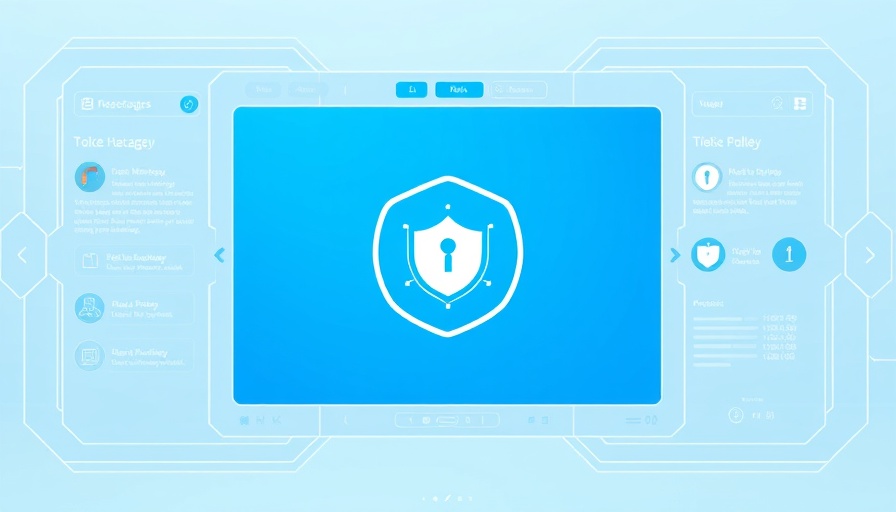
Understanding the Vulnerability in iThemes Security Plugins
The iThemes Security plugin, renowned among the WordPress community for enhancing website protection, faced scrutiny recently due to a significant vulnerability reported in its 'Hide Backend' module. This flaw compromised the very purpose of the module, which is designed to obscure the login page from unauthorized users, and undermined its promise to bolster security measures.
Why the “Hide Backend” Feature Matters
The 'Hide Backend' feature is intended to prevent malicious actors from easily accessing the login page by changing its default URL to a hidden one. However, researchers discovered that a bug within the plugin's code allowed unauthorized access to the wp-login.php page. As a result, users were inadvertently left vulnerable despite having enabled the very security features meant to protect them.
A Closer Look at the Bypass Vulnerability
The vulnerability is a classic case of mishandling GET and POST requests. In essence, when an unauthorized user attempted to access the login page using specific actions, the plugin was misconfigured to allow access instead of redirecting or blocking the request entirely. This issue was primarily identified in version 7.9.0, where the relevant code allowed for a bypass under certain conditions.
The Timeline of the Discovery and Patch Release
The timeline of events leading to the patch illustrates a commendable response from the iThemes development team:
- April 5, 2021: Vulnerability reported.
- April 6, 2021: Confirmation of the issue with a patch attached.
- April 7, 2021: Initial patch ineffective; a second patch was proposed.
- April 8, 2021: New patch confirmed as valid.
- April 14, 2021: Versions updated to fix the issue.
- April 20, 2021: Bounty rewarded for the discovery.
This swift action not only highlighted the importance of community-driven security but also showcased the plugin's commitment towards rectifying vulnerabilities promptly.
Lessons Learned from the Patch Process
For WordPress users, the incident serves as a reminder of the importance of staying informed about plugin updates. Older versions may contain unaddressed vulnerabilities, which could compromise site security significantly.
Furthermore, as website administrators, it's crucial to regularly monitor security plugins and their updates, understand the features, and ensure that no other hidden vulnerabilities can expose their sites to potential threats.
Best Practices for WordPress Security
To maintain robust website security, here are some best practices that every WordPress user should consider implementing:
- Regular Updates: Ensure all plugins and themes are updated routinely, particularly security plugins.
- Strong User Management: Limit administrative access to essential personnel only and use roles wisely.
- Implement Two-Factor Authentication: Adding an extra layer of security can help safeguard user accounts.
- Monitor Logging Access: Keeping track of login attempts and web traffic can help detect and mitigate malicious activity.
By following these recommendations, users can better secure their WordPress sites against common vulnerabilities and threats.
Conclusion and Call to Action
The recent vulnerability, while concerning, highlights the importance of vigilance and proactivity in website security. For those using the iThemes Security plugin, now is the perfect time to update to version 7.9.1 and ensure that your website remains protected against potential breaches. Stay informed, stay secure!
 Add Row
Add Row  Add
Add 




 Add Row
Add Row  Add
Add 

Write A Comment